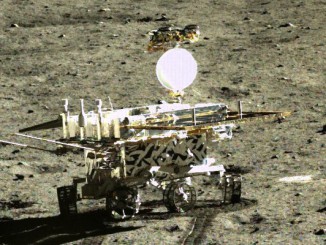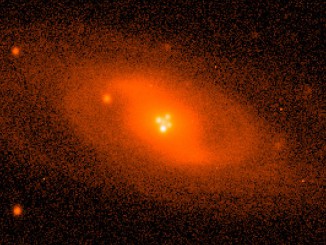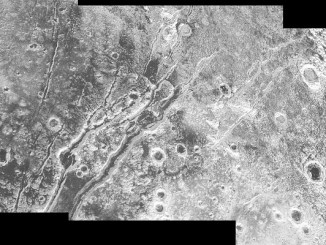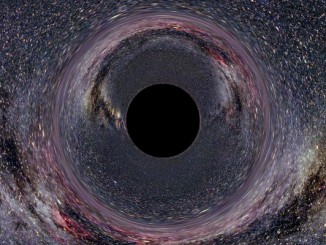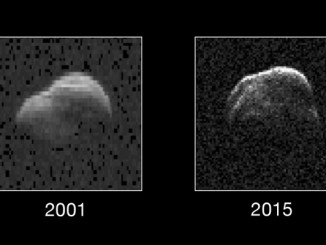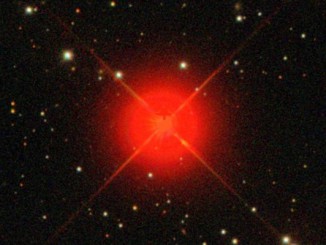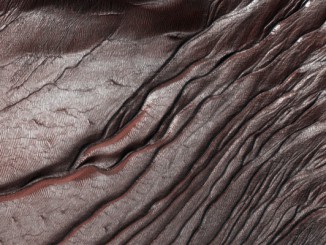
Gullies on Mars sculpted by dry ice rather than liquid water?
Mars’ gullies may be formed by dry ice processes rather than flowing liquid water, as previously thought. This is the conclusion of a study conducted by two French scientists published in Nature Geoscience. They show that, during Martian late winter and spring, underneath the seasonal CO2 ice layer heated by the Sun, intense gas fluxes can induce gas-lubricated debris flows which look like water-sculpted gullies on Earth.

